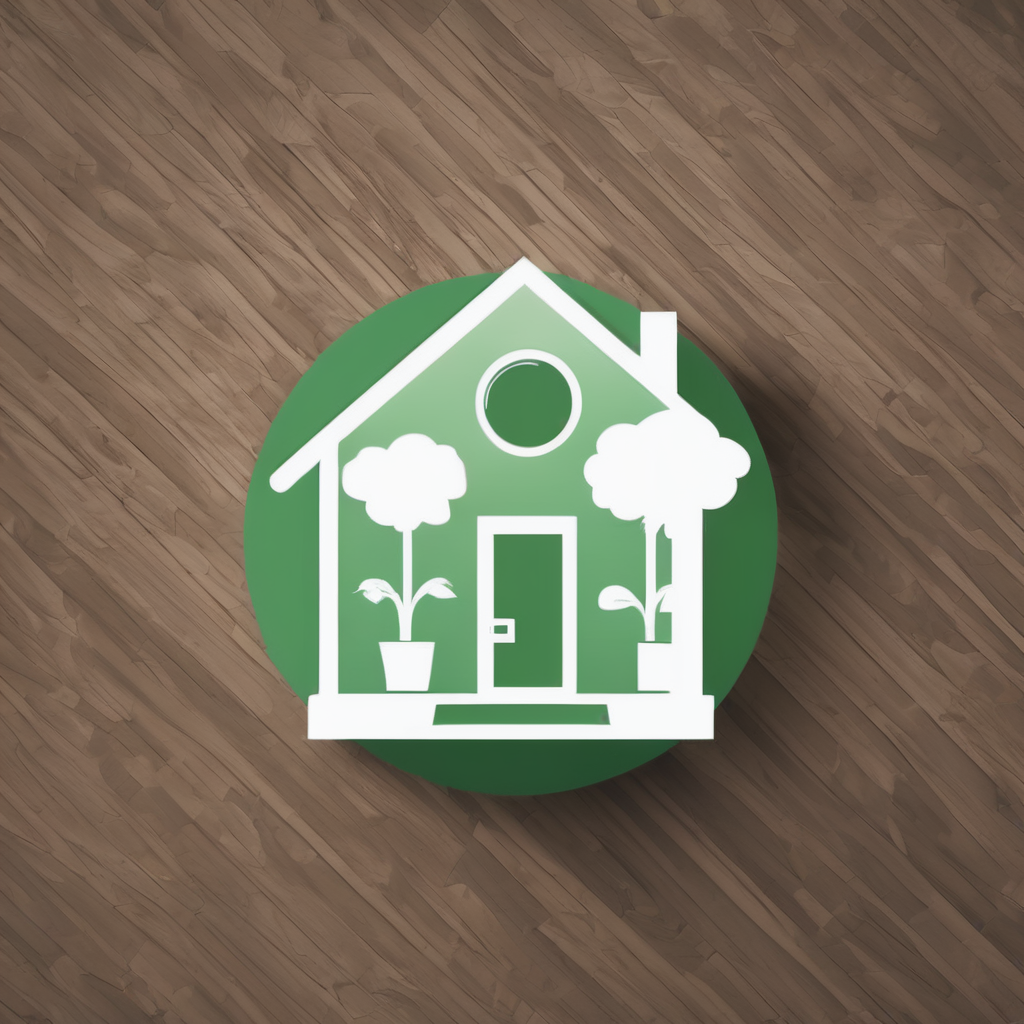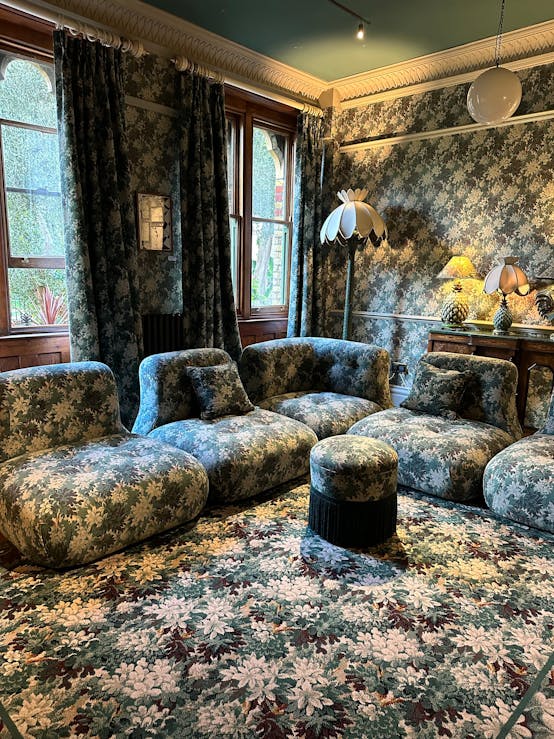Predicted Style Shifts in UK Home Décor
Home décor trends UK are showing a fascinating blend of past and future influences, reflecting an evolving style landscape. Global design trends increasingly shape UK preferences, bringing in minimalist Scandinavian elements and bold Mediterranean colors. This cross-cultural exchange encourages British homeowners to experiment beyond classic patterns, integrating fresh aesthetics with familiar comforts.
Simultaneously, there is a notable revival and reinterpretation of traditional British décor. Elements like chintz fabrics, floral wallpapers, and antique furnishings are being modernized with cleaner lines and contemporary materials. This fusion respects heritage while appealing to the modern eye, making interiors both nostalgic and current.
Also to read : How can you blend modern and traditional styles in UK home design?
Another critical direction in the interior design future is the integration of multifunctional and adaptive furniture. With urban living spaces often limited in size, pieces that serve dual purposes—such as sofa beds, extendable tables, and modular storage units—are gaining popularity. This shift not only maximizes space but also reflects a smarter approach to style and utility, essential for evolving lifestyles in the UK.
Together, these trends highlight how evolving styles in home décor are becoming more versatile, culturally inclusive, and rooted in practicality, shaping the next wave of British interior design innovation.
Also to read : How Can Small Changes in Home Decor Impact the Ambiance of Your UK Space?
Advancements in Materials and Textures
The trend toward sustainable materials has reshaped how designers approach home décor, emphasizing eco-friendly alternatives that reduce environmental impact without sacrificing style. Modern homes increasingly feature recycled materials such as reclaimed wood, recycled glass, and repurposed metals that not only boast durability but also add unique character to interiors. These choices align with the growing consumer demand for environmentally responsible products.
Alongside sustainability, there is a notable shift towards innovative textures that bring tactile richness and visual depth to spaces. Natural textures like raw linen, jute, and organic cotton have found renewed popularity, connecting indoor environments to the outdoors in a subtle, sophisticated way. These surfaces offer warmth and softness, creating inviting residential atmospheres that feel both fresh and grounded.
Moreover, smart materials are influencing eco-friendly home décor by adapting dynamically to environmental stimuli such as temperature, light, and humidity. For instance, thermochromic paints change color based on heat, enabling homes to respond aesthetically and functionally to climate conditions. These materials support energy efficiency and comfort, representing a fusion of design innovation and ecological consciousness.
Together, these advancements in materials and textures illustrate a clear movement towards homes that are not only beautiful and tactile but also sustainably crafted and responsive to the environment. This evolution in design demonstrates how eco-friendly home décor no longer means compromises but instead offers creative opportunities to enhance living spaces responsibly.
Impact of Technology on Home Décor Evolution
Technology’s influence on home décor has transformed traditional spaces into dynamic, interactive environments. The rise of smart home décor integrates technology seamlessly with aesthetics, enhancing both functionality and style. Home automation systems allow users to control lighting, temperature, and even window treatments with ease, creating personalized atmospheres that adapt to daily routines.
Virtual and Augmented Reality (VR and AR) have become vital tools in digital interior design. These technologies enable homeowners and designers to visualize changes before implementation, reducing guesswork. For example, VR can simulate how furniture fits within a room’s layout, while AR apps overlay design elements directly onto existing spaces, helping users experiment with color schemes or décor pieces in real time.
Personalisation through AI and smart devices further elevates modern décor. AI algorithms analyze user preferences and habits to recommend tailored design options and automate adjustments. Smart lighting can shift hues based on mood or time of day, while voice-activated assistants manage entertainment and security. This integration not only improves convenience but also promotes a harmonious, responsive living environment.
Emphasis on Sustainability and Ethical Choices
Sustainable décor is no longer just a trend; it has become a core principle in modern interior design. Consumers increasingly prioritize eco-conscious interiors, seeking products that not only enhance their living spaces but also minimize environmental impact. This shift has driven a surge in demand for ethical sourcing, with many designers and homeowners preferring materials that are locally sourced to reduce carbon footprints and support local communities.
The use of eco-friendly paint and biodegradable décor products highlights a move toward sustainability in every element of interior decorating. These alternatives offer the same aesthetic appeal without releasing harmful chemicals into the environment. Selecting paints with low volatile organic compounds (VOCs) and décor made from renewable resources ensures healthier indoor air and less waste.
Additionally, embracing circular economy models in interior design reflects a commitment to extending the lifecycle of products. This approach promotes reusing, refurbishing, and recycling materials to reduce landfill waste. By adopting these principles, sustainable décor aligns with a broader environmental ethic, encouraging smarter consumption habits that benefit both people and the planet.
Shifts in Consumer Preferences and Lifestyle Influences
Recent changes in home décor preferences UK can largely be attributed to evolving consumer trends shaped by lifestyle shifts. The rise of remote work has led many to prioritize multifunctional home spaces, prompting designs that blend practicality with comfort. Home offices now coexist seamlessly with living areas, emphasizing adaptability in both furniture and layout.
Additionally, a heightened awareness of wellness has translated into wellness-centric décor choices. Consumers seek environments that promote relaxation and mental clarity, incorporating elements like natural light, air-purifying plants, and soothing textures. This preference marks a significant shift towards creating sanctuaries that support health and well-being within the home.
Alongside these trends, there’s a resurgence in bold colour palettes and maximalism. As a form of self-expression, homeowners are embracing vibrant hues and layered patterns, moving away from minimalist norms. This approach allows for more personalized and dynamic modern living spaces, reflecting individual creativity and optimism.
Together, these consumer trends illustrate how lifestyle influences are redefining home décor, blending function, wellness, and bold aesthetics to meet contemporary demands.
Expert Insights and Cultural Drivers Guiding the Next Five Years
Small text
Leading UK design expert opinions emphasize a fusion of tradition and innovation. Practitioners foresee a resurgence of classic British motifs, reimagined through contemporary forms. This blend reflects a respect for the UK’s rich cultural legacy while catering to modern tastes.
The UK décor forecast indicates an increased appreciation for sustainable materials and craftsmanship deeply rooted in British heritage. Designers predict homes will integrate artisanal elements capturing local identity, reflecting social desires for authenticity and connection.
Cultural influences from Britain’s history, including Victorian and Georgian styles, continue to steer design directions. Economic pressures and a growing emphasis on wellbeing will encourage functionality without sacrificing elegance. Social shifts, such as remote work and multi-generational living, also drive adaptive interiors that balance style and practicality.
Together, these factors shape an evolving aesthetic that honours heritage while embracing future needs and innovations.


